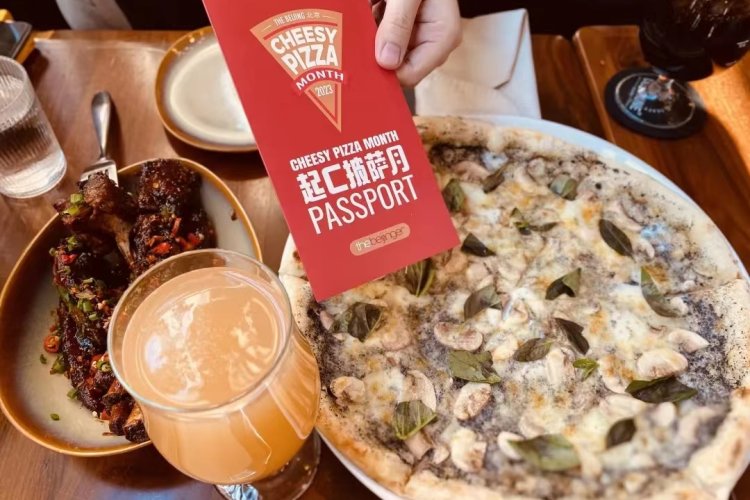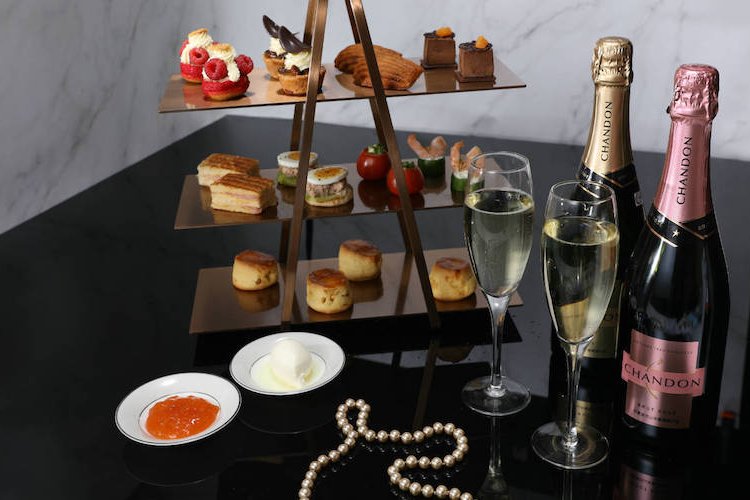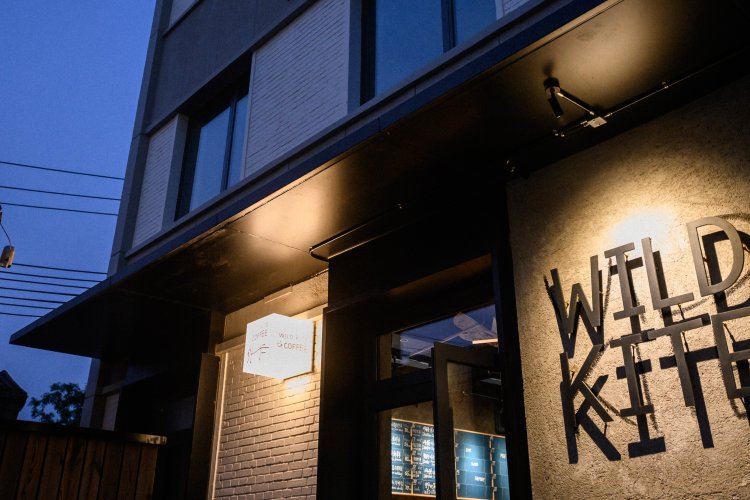A Taste of Home: South Korea
When I contacted Lee Chang-Ju of the Korean Cultural Center, the cultural wing of the South Korean Embassy, I anticipated a trip to Wangjing. Or at least Wudaokou. Instead, he took me to Gaon, located just across the road from Phoenix City. That was one preconception destroyed – apparently, there is good Korean food inside the Fourth Ring Road.
I had assumed that South Koreans must be better looked after in Beijing than most other nations. After all, Beijing has not one, but two areas that are virtual Korean enclaves. And yet Lee Tae-Hyun, who joined us for the meal, tells us that Koreans in Beijing yearn for that most essential of their staple foods: kimchi. But, I ask, surely it’s only cabbage? For Koreans, there’s no such thing as “only” cabbage. “It’s the ingredients,” says Lee Tae-Hyun. “The cabbage we use in Korea is different to the cabbage in China. And we can’t import the kind of cabbage we like. There are a lot of water particles inside Chinese cabbage. The taste really is different.” Lee Chang-Ju indicates full agreement.
But Lee Tae-Hyun doesn’t want us to get the wrong idea. “If all Korean food is known for is kimchi and bulgogi (barbecue), there’s really no future. These are important, but there’s so much more. We don’t have the reputation for high-end cuisine that countries like Japan and France have. I want to change that.”
Gaon’s specialty red ginseng chicken soup, or samgyetang, is a start on that path. Red ginseng root is boiled with a whole black chicken, which has been stuffed with glutinous rice along with abalone, shark’s fin and herbs (RMB 150-380). The outcome is a silky broth whose smooth texture soothes the palate, while the rich aromas nudge almost all the senses at once. It’s one of those rare dishes you feel in your head as much as on the tongue.
Digging out a spoonful of glutinous rice, Lee Chang-Ju endorses the ginseng soup’s authenticity. For Lee, soup is one of the sacrifices of living in Beijing. “When I first came to Beijing, I thought kimchi was important. But, little by little, I realized I missed soup. Koreans eat a lot of soup, and it seemed to me the Chinese don’t, at least not as much. There’s samgyetang like this. Then there’s jjigae. Even hot pot – when you eat Korean-style hot pot, you definitely want to drink the soup. That’s not always the case with Chinese hot pot.” Returning to the ginseng soup, Lee acknowledges Beijing does have one ace up its sleeve for Koreans. “This would be much more expensive in Korea,” he remarks with a knowing nod. While shark’s fin is featured in Gaon’s trademark chicken soup, there are cheaper and shark fin-free ginseng soups. And, as Lee Tae-Hyun acknowledges, Westerners don’t always appreciate black chicken, in spite of its much-vaunted health benefits. Most restaurants will happily switch in regular chicken if you ask.
Gaon’s menu also delves deep into Korea’s culinary past. We try a salad of konjac, wild mountain herbs and vegetables (RMB 40), served with a soybean sauce. Combining chewy and crunchy textures with woody flavors, it makes for a tasty case study. “This salad is very traditional,” Lee Tae-Hyun explains. “But dishes like this were forgotten to some extent. Now they’re making a comeback.”
Gaon isn’t above doing the obvious, and as Lee Chang-Ju points out, they do it well. “The quality of the food is good right across the board. The service too,” Lee says. The dry-roasted marinated pork with blackberry sauce (RMB 65), served with a rich, spicy soybean dip, and the slightly sweet, stir-fried marinated sirloin of beef (RMB 55), will keep barbecue fans happy, though you don’t cook it yourself. And, of course, there’s the soju – Gaon’s parent company also produces a 41% ABV edition of its premium Hwayo soju. Just go easy.
Gaon Daily 11.30am-2pm, 5.30-9.30pm. 2/F, Bldg 1, Shijian Guoji (west of Phoenix City), 6A Shuguang Xili, Chaoyang District (5867 7155) 高恩参鸡汤, 朝阳区曙光西里甲6 号时间国际 (凤凰广场西面) 1号楼2层
Click here to see the February issue of the Beijinger in full.
Photos: Judy Zhou and Sui
Related stories :
Comments
New comments are displayed first.Comments
![]() cowboy123
Submitted by Guest on Thu, 02/02/2012 - 11:52 Permalink
cowboy123
Submitted by Guest on Thu, 02/02/2012 - 11:52 Permalink
Re: A Taste of Home: South Korea
Chinese drink a lot of soup.. at least in the south.
Validate your mobile phone number to post comments.






